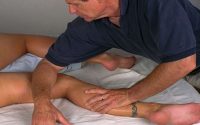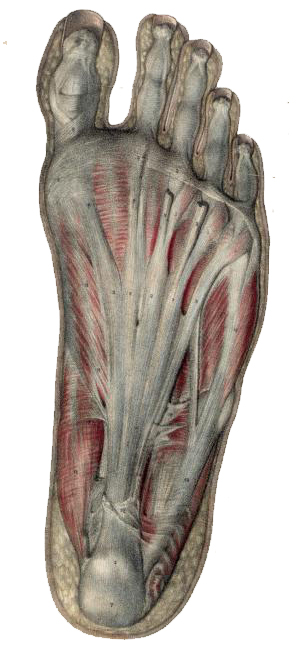Myofascial force transmission between the calf and the dorsal thigh is dependent on knee angle
New research from Institute of Sports Sciences at Goethe University Frankfurt shed some light on how the gastrocnemius and hamstring – are connected by a tissue continuity that allows force to be transmitted between them.
The deep fascia connects muscles in the body, creating myofascial chains that can affect muscle function and cause pain or flexibility deficits. Studies have shown that local tissue straining can produce force transmission between neighboring components, but the validity of cadaver studies for in vivo conditions is limited.
The study involved a group of 56 healthy participants who were positioned on an isokinetic dynamometer. On two separate days, they were asked to adopt either a prone position with their knee extended or flexed at 60 degrees. In each condition, their ankle was moved three times from maximal plantar flexion to maximal dorsal extension, while muscle activity was ensured using EMG.
The researchers used high-resolution ultrasound videos of the semimembranosus (SM) and the gastrocnemius medialis (GM) soft tissue to record maximal horizontal tissue displacement, which was examined as a surrogate of force transmission.
The study investigated the impact of knee angle on soft tissue displacement following non-local movement and found that soft tissue displacement was significantly less in the semimembranosus (SM) muscle with the knee flexed than when the knee was extended. Additionally, there was a significant association between SM and GM soft tissue displacement in both knee positions. There was also a significant correlation between SM soft tissue displacement and ankle range of motion in both knee positions.
These findings suggest that local stretching can induce a force transmission to neighboring muscles, which can lead to remote exercise effects such as increased range of motion. However, the stiffness of the continuity appears to play a role in determining the magnitude of these effects.
The study also highlights the importance of involving complete myofascial chains, which may help improve hamstring flexibility and alleviate non-local symptoms associated with altered force transmission.
By shedding light on the mechanics of force transmission between muscles, it provides important insights that could help us optimize our exercise routines and improve our overall physical performance.

